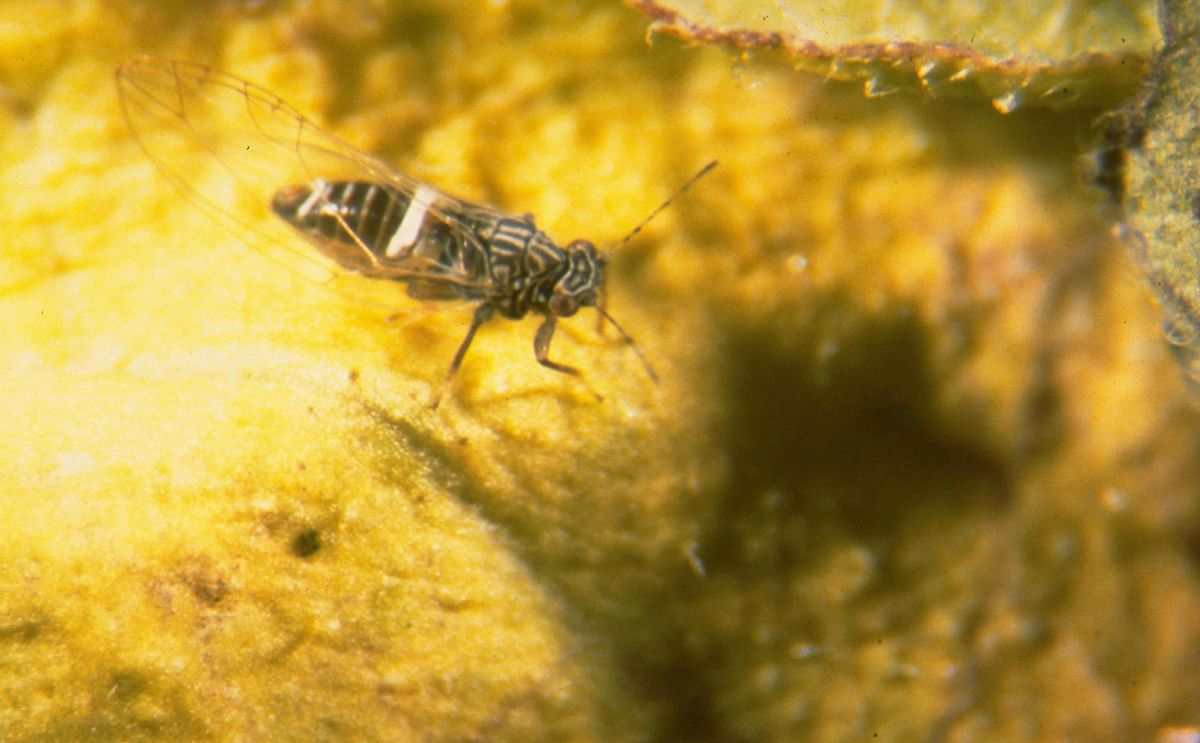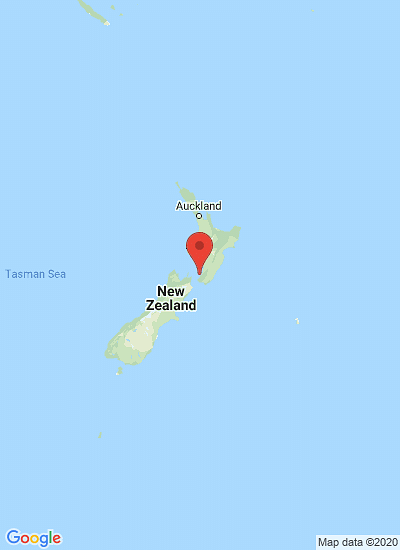Potato Psyllid
Simple mesh cover could stop potato psyllid

A simple mesh cover could be the answer to halting New Zealand's most devastating tomato and potato pests, the tomato potato psyllid.
The covers are being trialled at the Lincoln University Future Farming Centre to see if they stop the tomato potato psyllid (TPP) from invading the plants.
The results so far look extremely promising despite the trials being in their first season, centre head Charles Merfield says.
He outlined the results at a field day at the centre.
TPP was a pest that costs farmers thousands in pesticide and the potato industry about $7 million a season, Mr Merfield said.
For organic growers the treatment options were even more limited. He believed the mesh covers - which are widely used in Europe - could be the answer in stopping TPP.
"We're really short of a non-chemical organic solution to psyllid on field crops, so I thought we should give these mesh covers a go,"he says.
They are similar to the covers used in the horticulture and viticulture industries to protect crops from frost. The covers are essentially woven fishing line that are designed to act as a physical barrier between pests and the crop.
They vary in size from larger holes to 0.3mm depending on what pest the grower is targeting. The covers were a versatile material and provided a one-stop solution for a range of pests on a range of crops.
Unlike frost cloth, these mesh covers are designed to have a minimum effect on the temperature under the cloth. He sourced a range of different meshes from suppliers and used them for a simple test in a lab using a capsicum leaf and psyllid.
The results were very positive. The psyllid were unable to pass through the mesh to eat the leaf and died after seven days.
He found that mesh hole sizes 0.6mm or smaller were 100 per cent effective to TPP and they did not lay eggs through the mesh.
"It was completely bamboozled by it, it wasn't going to lay eggs unless it could get through the mesh and onto the plant."
Encouraged he carried out a "rough and ready trial"on a moonlight variety potato plot at the centre late in the 2011-2012 growing season.
In this trial he covered a potato plot with a donated glasshouse quarantine mesh, which is similar to the mesh covers but is tougher and heavier.
His chief concern was that covering a potato crop would push up humidity levels under the cover and it would kill the plant through blight, he said.
What surprised him was the levels of blight were lower under the cover than outside.
A green bridge gave the TPP a path to travel from covered to non-covered potatoes and crawl its way under the edges of the covered crop.
Potato yields also doubled under the cover compared with the uncovered area. This "rough and ready trial"gave him the confidence to go ahead with further tests.
The covers are being trialled at the Lincoln University Future Farming Centre to see if they stop the tomato potato psyllid (TPP) from invading the plants.
The results so far look extremely promising despite the trials being in their first season, centre head Charles Merfield says.
He outlined the results at a field day at the centre.
TPP was a pest that costs farmers thousands in pesticide and the potato industry about $7 million a season, Mr Merfield said.
For organic growers the treatment options were even more limited. He believed the mesh covers - which are widely used in Europe - could be the answer in stopping TPP.
"We're really short of a non-chemical organic solution to psyllid on field crops, so I thought we should give these mesh covers a go,"he says.
They are similar to the covers used in the horticulture and viticulture industries to protect crops from frost. The covers are essentially woven fishing line that are designed to act as a physical barrier between pests and the crop.
They vary in size from larger holes to 0.3mm depending on what pest the grower is targeting. The covers were a versatile material and provided a one-stop solution for a range of pests on a range of crops.
Unlike frost cloth, these mesh covers are designed to have a minimum effect on the temperature under the cloth. He sourced a range of different meshes from suppliers and used them for a simple test in a lab using a capsicum leaf and psyllid.
The results were very positive. The psyllid were unable to pass through the mesh to eat the leaf and died after seven days.
He found that mesh hole sizes 0.6mm or smaller were 100 per cent effective to TPP and they did not lay eggs through the mesh.
"It was completely bamboozled by it, it wasn't going to lay eggs unless it could get through the mesh and onto the plant."
Encouraged he carried out a "rough and ready trial"on a moonlight variety potato plot at the centre late in the 2011-2012 growing season.
In this trial he covered a potato plot with a donated glasshouse quarantine mesh, which is similar to the mesh covers but is tougher and heavier.
His chief concern was that covering a potato crop would push up humidity levels under the cover and it would kill the plant through blight, he said.
What surprised him was the levels of blight were lower under the cover than outside.
A green bridge gave the TPP a path to travel from covered to non-covered potatoes and crawl its way under the edges of the covered crop.
Potato yields also doubled under the cover compared with the uncovered area. This "rough and ready trial"gave him the confidence to go ahead with further tests.
Like to receive news like this by email? Join and Subscribe!
Get the latest potato industry news straight to your WhatsApp. Join the PotatoPro WhatsApp Community!
Sponsored Content
Sponsored Content
Sponsored Content
Sponsored Content





